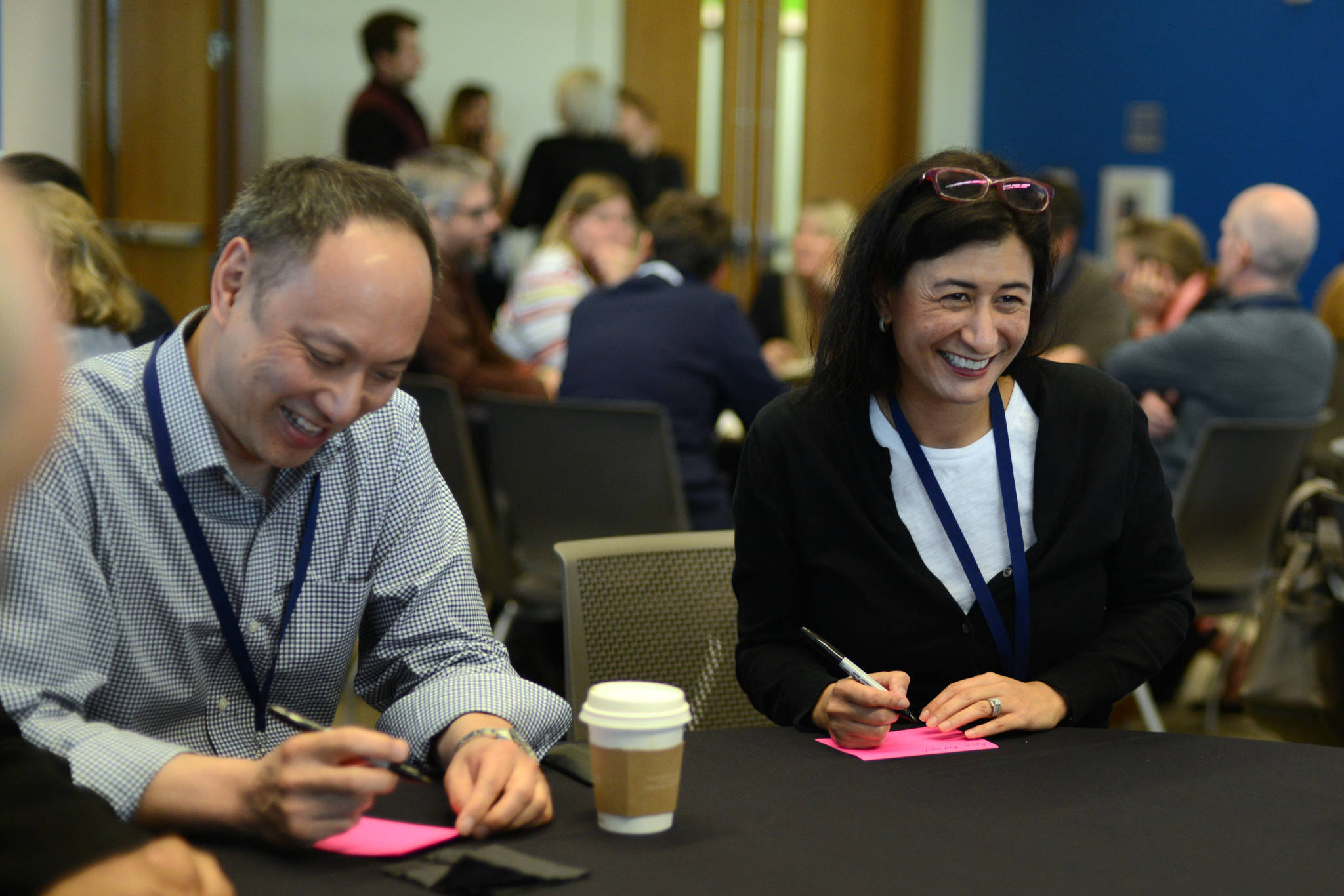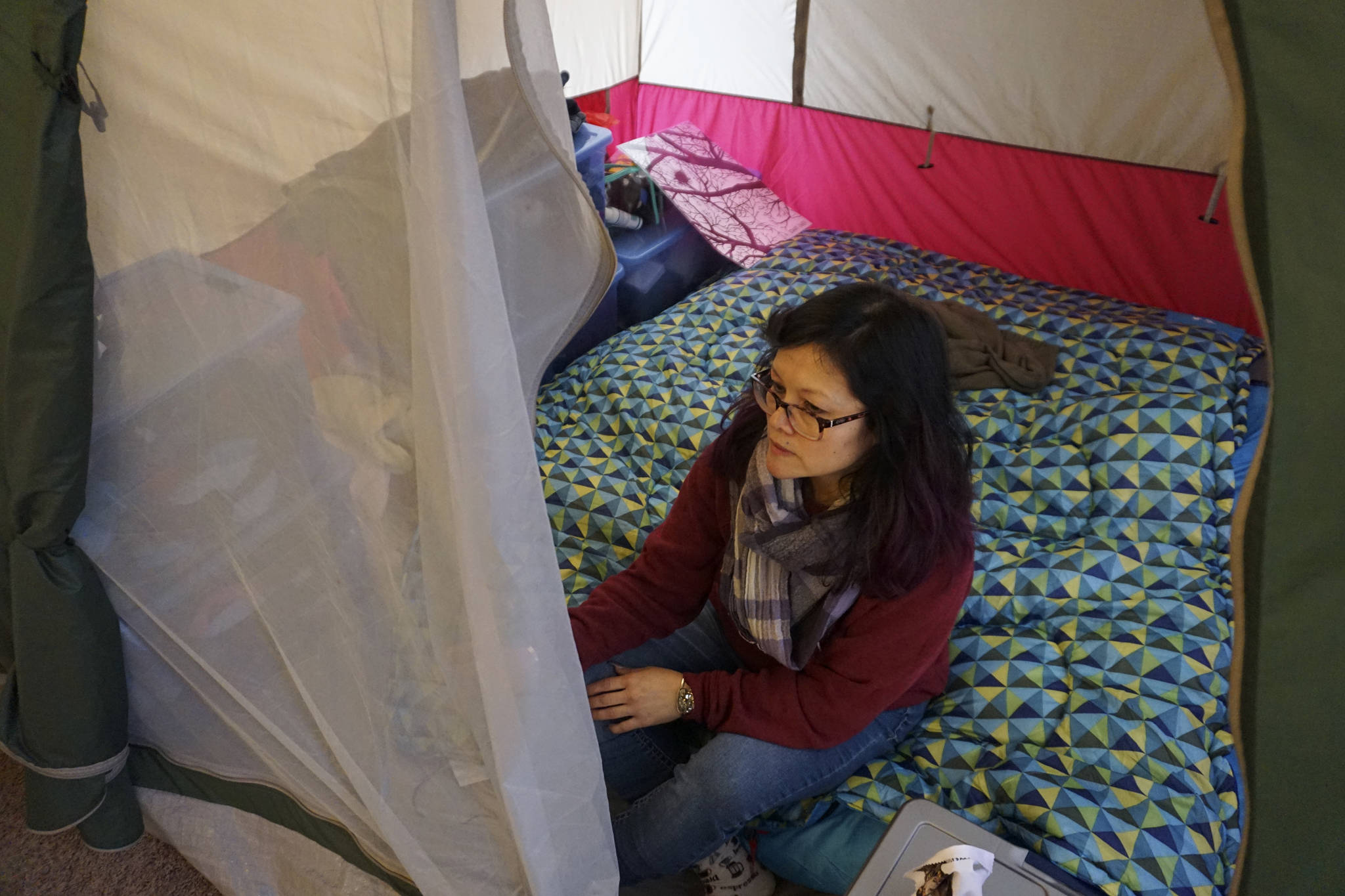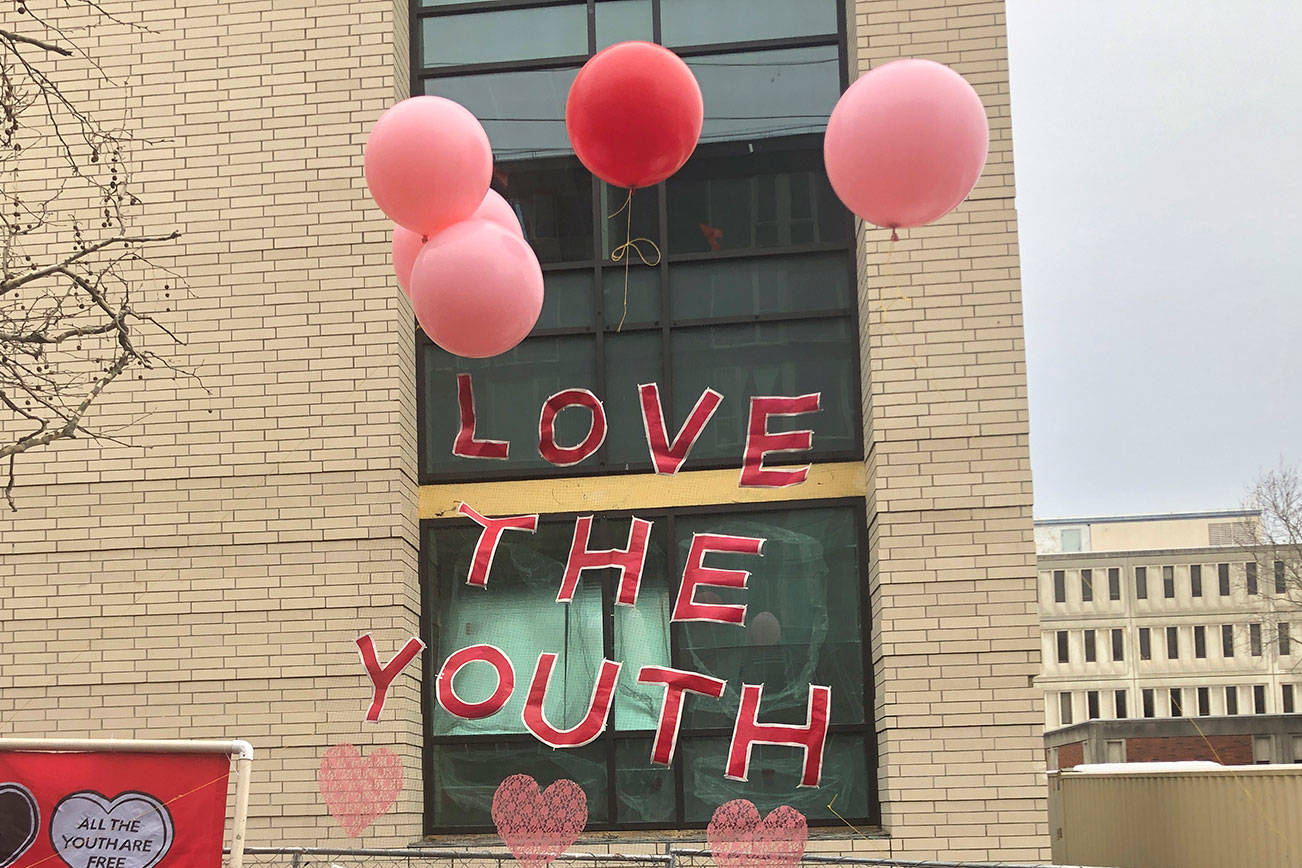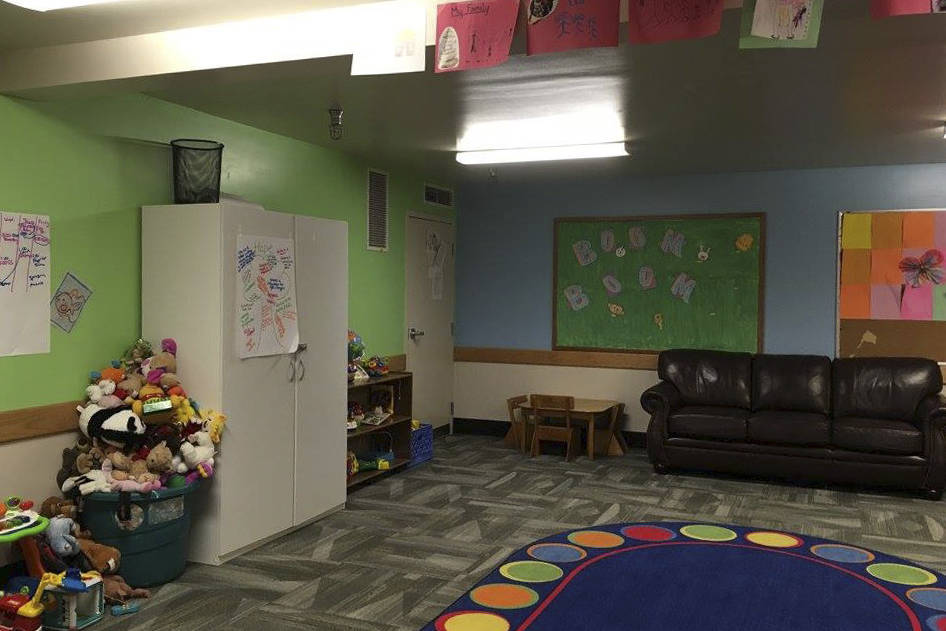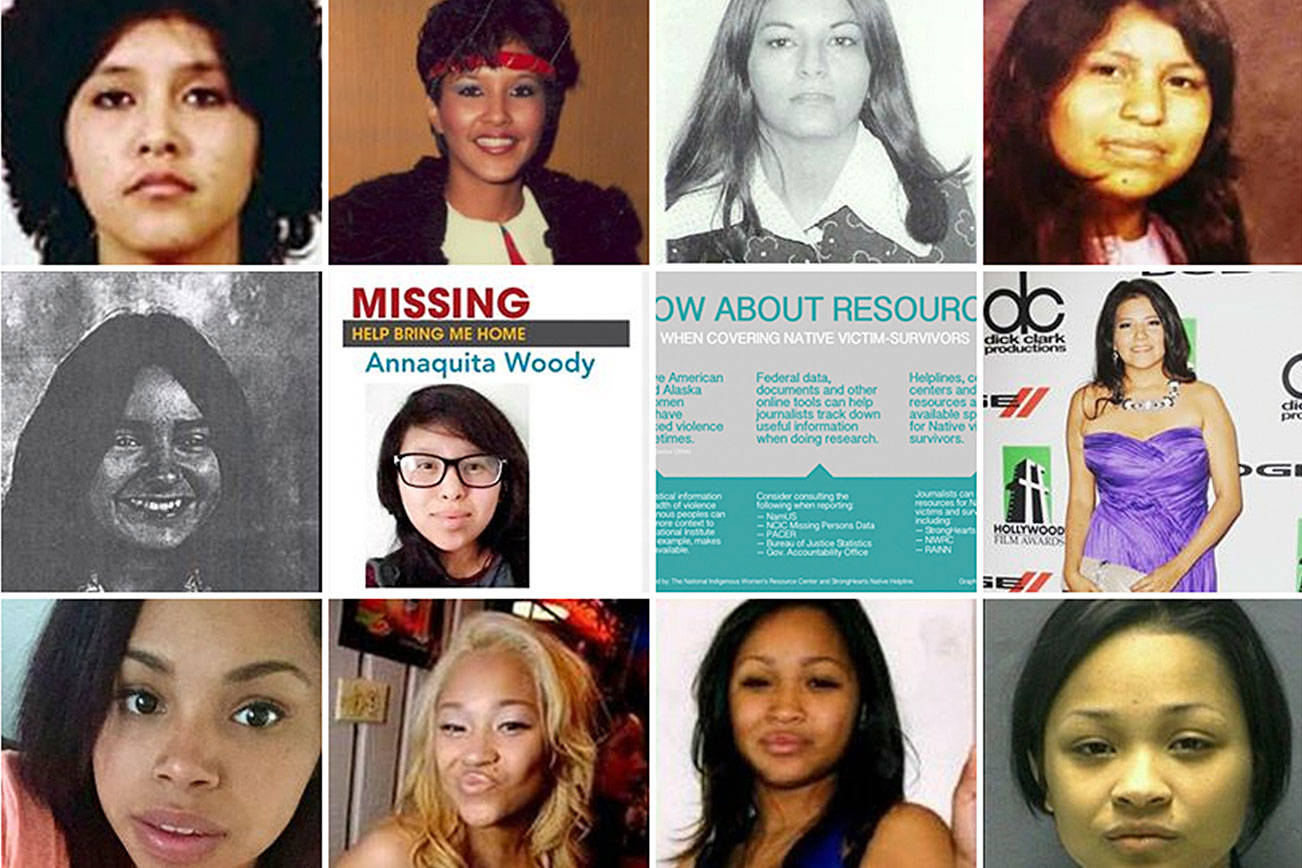The public and private sector are often at odds in Seattle. But despite different approaches to addressing the city’s most pressing issues, the desire to create decisive policies remains a shared goal.
Stitched together by that common thread, the Washington Technology Industry Association (WTIA)–a trade group that represents technology industries in the state–seeks to reduce the ideological gap between sectors by solving problems that span across industries. As decades of research has shown, diversity in perspective drives innovation. “We see ourselves as an amplifier and a convener,” said Julie Pham, WTIA’s vice president of community engagement and marketing.
The Seattle-based nonprofit offers a program called Ion Collaborators, which brings together a diverse group of 18 participants from tech, government and community-based organizations to design and execute projects dealing with economic growth, community resilience, and other issues. The first six-month cohort, which ended last November, created three different projects including a story sharing platform to encourage inclusion, an online resource that helps people living outside of Seattle choose where to live based on the commute, and a website that encourages employers to address their biases around hiring people who were formerly incarcerated. A second cohort started in March, and will conclude its projects in August.
“Education, government and industry – they’re not talking to each other,” Pham said. For example, she posited that if a tech leader and a social justice leader come together, the social justice leader would likely discuss hundreds of years of oppression, while the tech leader would inquire about current actions. “Then the social justice leader is going to be like, ‘No, I have 200 more years to tell you about.’ ”
While that might sound like a very Pacific Northwest version of a ‘walks into a bar’ joke, Pham suggested that much gets lost in translation when people from different industries try to communicate. Both sides often exhibit a lack of patience and desire to create space to facilitate productive conversations.
Yet unlike many groups that pay lip service to diversity and inclusion, WTIA brings the people from different backgrounds together to brainstorm solutions to common problems at its FullConTech conferences.
The fifth such conference, held at the Microsoft campus in Redmond on Tuesday, May 8, focused on helping women advance in the tech industry, strategies to make high tech more welcoming to underrepresented communities, and how educators and tech leaders can help funnel students into science, technology, engineering, and mathematics (STEM).
Pham said that the conferences create a space for different ways of thinking to coexist by encouraging people to slow down and to find value in other people’s perspectives. “For us, innovation isn’t about new gadgets, it’s actually how do we bring together different types of thinking?” Pham strove to foster empathy in attendees by putting people into small groups and encouraging them to share their personal stories.
Previous attendees have reached out after conferences to share its impact. For instance, AppConnect NW—a coalition of five regional community and tech colleges that offer degrees in application and software development—connected during a previous conference. They now collaborate to create curriculum and develop industry partnerships.
WTIA intentionally bills the events as ones focused on building a better workplace, rather then labeling them diversity conferences. Pham said doing so attracts more actual decision makers.
On Tuesday morning, about 300 attendees from a wide range of sectors listened to speakers who discussed retaining talent and encouraging inclusivity. In the afternoon, participants broke into groups scattered throughout the Microsoft Visitor Center to generate ideas. In Pham’s room, people discussed topics ranging from whether employers should have quotas for hiring people from underrepresented communities to feminist activism.
In another large room, three groups of about 10 people discussed various topics scribbled on an easel, including barriers to increasing diversity in their organizations, and how hirers solved them. When the suggestion of using LinkedIn to recruit people from more underrepresented communities was jotted down, an attendee suggested that the group recognize that some low-income applicants may not have access to computers. Others threw out suggestions on widening the talent pool by thinking outside of the box and dedicating time in their schedule to finding more diverse candidates. One higher education hiring manager said that she looks at historically black colleges and does keyword searches on women in the departments where she’s looking to hire.
Sri Mylavarapu, an IT manager at the King County Library System, attended the conference for the second year in a row, because “the basis of the library system is to make meaningful connections with the community.” At the last conference, he said he realized that collaborating with different departments can facilitate greater understanding throughout the whole system. For instance, he said he now has a greater understanding of some of the issues facing the patrons who are experiencing homelessness and how he can better serve them.
Christy Johnson, the CEO and founder of strategy consulting firm Artemis Connection hosted a session on hiring more women in tech. She shared research that showed gender parity in entry level positions that tapered off during the transition to managerial roles. “In tech this attrition is exacerbated, with only 25 percent of all positions filled by women, and less than 9 percent of executives are women,” Johnson wrote Seattle Weekly in an email. In Artemis’ own research, the group identified different points throughout the trajectory of young girls’ and women’s lives that either pulls them towards or away from careers in STEM, including 4th and 8th grade science and math, choosing a major in college, internships, promotions, and family leave.
During the session, they discussed that workers in high tech companies are more likely to leave due to unfairness–in the form of sexual harassment, stereotyping, bullying, unfair management practices, or hostility–than employees holding tech positions in other industries. Lack of retention because of workplace culture can cost tech companies $16 billion a year in replacing employees, Johnson cited. She noted that inclusion strategies are not one-size-fits-all, and that they should reflect the needs and goals of the organization.
“There needs to be a diversity, equity, and inclusion strategy that aligns with your business strategy and that’s data-driven, research-based, and robust,” Johnson said during the conference. “You can start running some mini pilots or some experiments just like high tech companies do with their products to figure out what’s going to work given the people and the culture that you have and then scale those things that work.”
Lokesh Marenayakanapalya, a software engineer at F5 Networks, said that some of his own misperceptions were corrected during Johnson’s presentation. “I’m surprised by the percentage of women leaving their jobs, because I always thought that women stayed for longer in a job than men, because men tend to change their jobs very frequently,” said Marenayakanapalya. He noted that the conference taught him the importance of having an employee resource group at his job that brings data into the company which shows why diverse work culture and parity in pay are important. “Some of the things that I take from here are how to fight for parity in terms of wages, or having the diverse work culture and how to make the work culture effective by having a diverse population.”
In the vein of the conference’s mission, WTIA and some conference attendees will create an actionable playbook based on the conversations held during the conference, along with resources so participants can put their intentions into action.
mhellmann@seattleweekly.com
